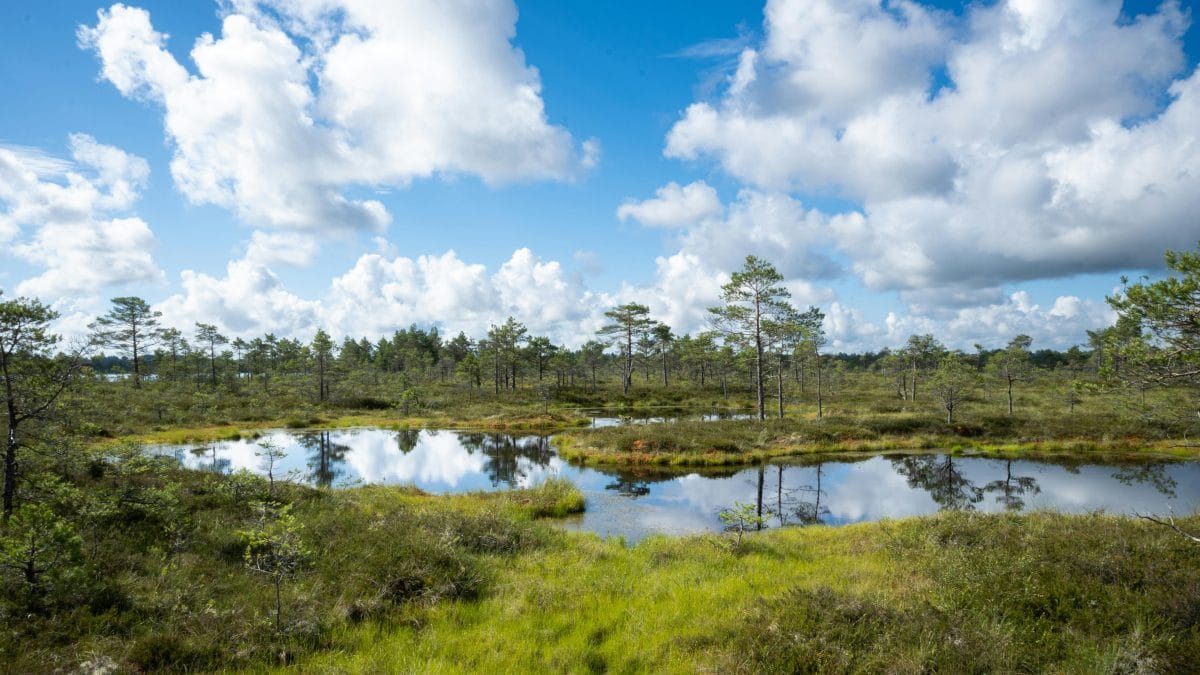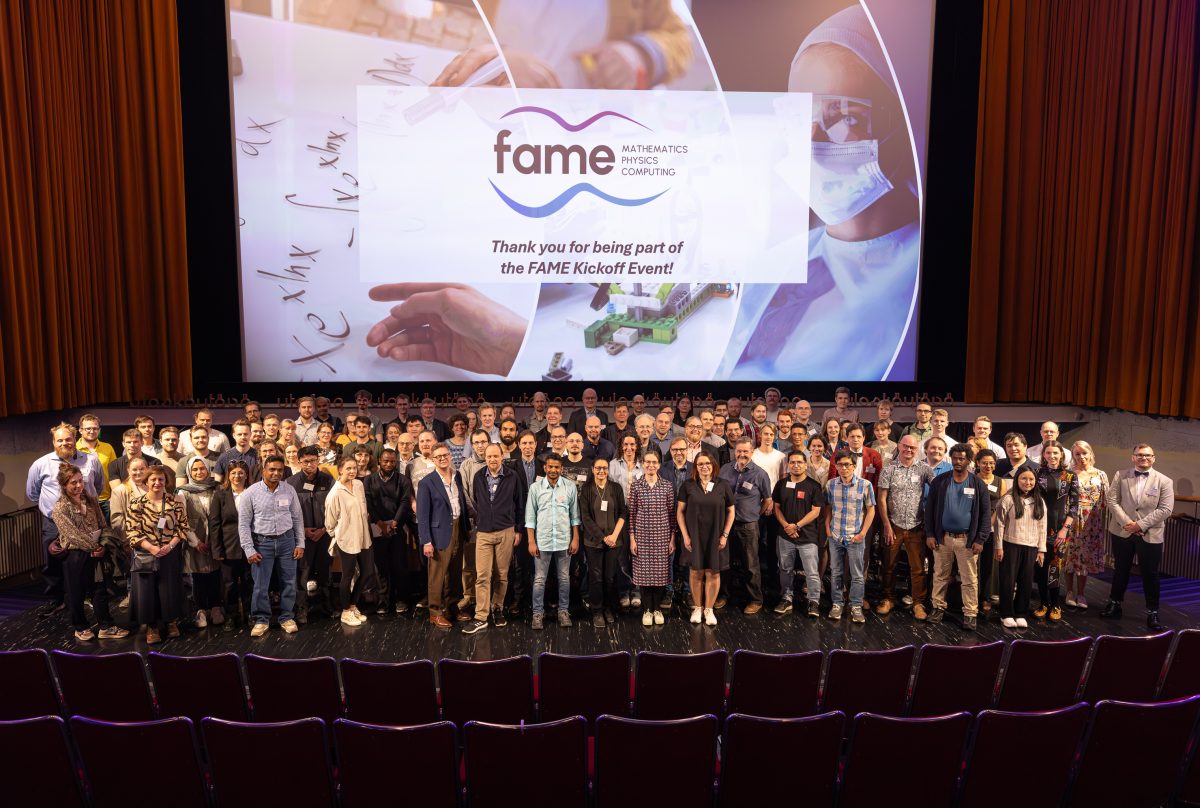The new Research Council of Finland Centres of Excellence have been selected. A Principal Investigator from FAME will join one of them to advance the restoration of drained peatlands for significant climate and biodiversity benefits. And perhaps to help deter other threats as well.
The Research Council of Finland (RCF) has selected 11 new Centres of Excellence (CoE) for the funding period 2026-2033. The Council’s CoEs are scientifically first-rate research communities that have capacity for renewal and high societal impact, striving for or already at the international forefront of research in its field.
The selected CoEs include the Centre of Excellence in Peatlands, Climate Change and Ecological Restoration. The FAME Flagship is proud to announce that one of its Principal Investigators (PI) will also work in this role for the new environment and climate-focused CoE.
“In the past decades, it has been quite common to view peatlands as less valuable, and conversations around them in Finland have typically focused on how to make a productive use of them”, say Senior Research Scientist Tuula Aalto from the Finnish Meteorological Institute (FMI). “Our hope is that this Centre of Excellence can play a part in directing these conversations from financial profitability to focus more on the aspects of environmental protection and subsequent benefits for climate and biodiversity.”
Providing expertise and data
The Centre of Excellence in Peatlands, Climate Change and Ecological Restoration is formed by PIs from the University of Eastern Finland, FMI, Aalto University, and the University of Helsinki. Multidisciplinary by design, it will encompass a wide range of different skills and expertise.
“Our other PIs have expertise in ecology, paleoecology, biogeochemistry, ecosystem-atmosphere interactions, and remote sensing. And then there is me, with background in constructing models”, Dr. Aalto describes the CoEs core skills. “And when it comes to workable data, we have researchers who have worked on measurements in the field and laboratory, with remote sensing data, and in international settings.”
Just the sheer amount of data alone is one of the new CoE’s trump cards. Consisting of decades worth of measurement data not only from multiple sites in Finland, but also from other Arctic states such as Norway, Sweden, Canada, US, and – up to the recent years – Russia.
“By scaling, combining and assimilating different datasets from different instruments, we will be able to model the relationships between cause and effect, as well as dependencies on environmental drivers, on a large scale”, Dr. Aalto describes the potential for their data. “Once we can run process models to demonstrate how peatlands function and what factors contribute to formation of peat carbon storage and GHG sinks and sources, we can then further calibrate and apply these models to areas of varying sizes, from local to regional, or even on a global level.”
Supporting EU-wide goals
To create a common legal framework for large-scale environmental restoration policies and measures, the European Union has put in place the Nature Restoration Regulation, which entered into force in August 2024. As first of its kind, this regulation on nature restoration aims to put measures in place to restore at least 20% of the EU’s degraded land and sea areas by 2030, and all ecosystems in need of restoration by 2050.
For peatlands, this new regulation means restoration level of 30% by 2030. As a key element of the EU Biodiversity Strategy, the Nature Restoration Regulation further highlights the importance of Dr. Aalto and her colleagues’ work.
“Peatlands have been under heavy management in pursuit to collect peat for fuel and other purposes. Normally, peatlands store vast amounts of carbon, but after draining these dry areas become a major source for carbon dioxide”, Dr. Aalto explains.
To restore the climate benefit that these natural carbon storages provide, the aim is to rewet peatlands that have been dried for peat production in the past. Rising water levels also improve the biodiversity in these areas.
“From biodiversity’s point of view, areas that have been processed for peat production are not very valuable. However, there has once been a plethora of plant and animal species that we now hope would return to these areas. Our Centre of Excellence will also examine how restoration efforts affect the return of different species and development of emissions.”
Common ground with national defence
By a remarkable coincidence, just a day after Dr. Aalto and her colleagues had learned that their CoE had been selected for the new programme period, the Finnish Ministry of Defence and the Ministry of the Environment announced the formation of a new working group. Its aim: to explore how nature restoration and other ways to make use of natural barriers can support national defence and border security.
The working group will launch a pilot project in the border zone of eastern Finland. This will be – literally – relevant territory to the University of Eastern Finland-led CoE as well.
“Of course, we want to support this initiative in our part”, Dr. Aalto says. “There are obvious defensive benefits in having mires and wetlands on our eastern border. Then again, it is also appropriate to conduct environmental studies to examine what will happen when peatlands that have been in use for other purposes are being restored.”
The Research Council of Finland’s Centre of Excellence Programmes are a success story in Finnish research. Since 1995, the RCF Finnish Centres of Excellence have helped to create opportunities for creative research environments, discoveries, and innovations. CoEs contribute to the renewal of science with new research topics, methods, approaches, and research teams and talent.




